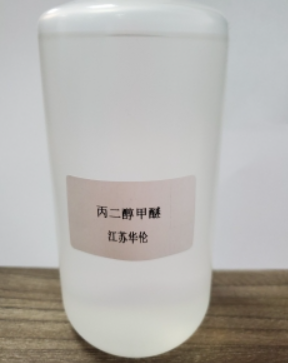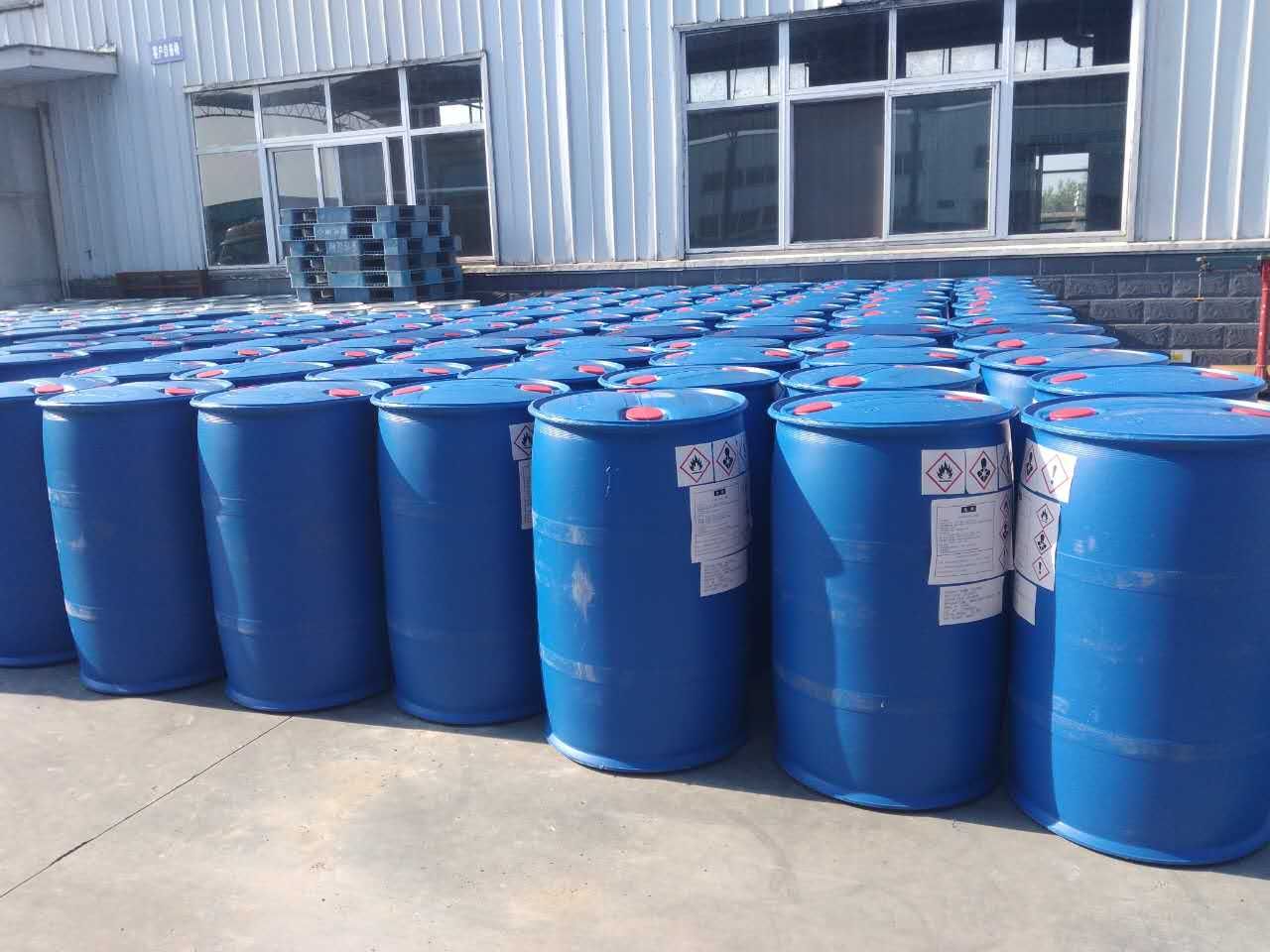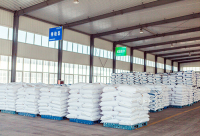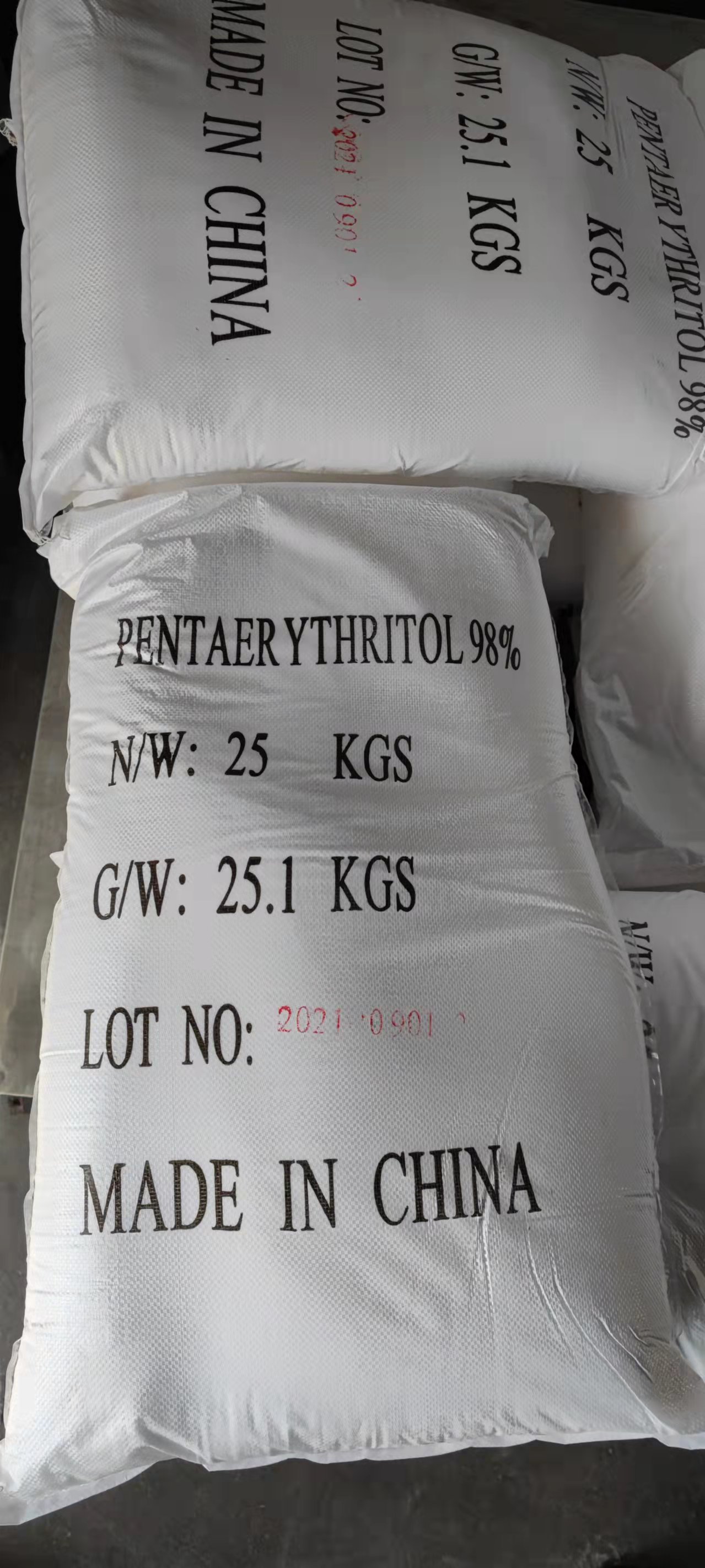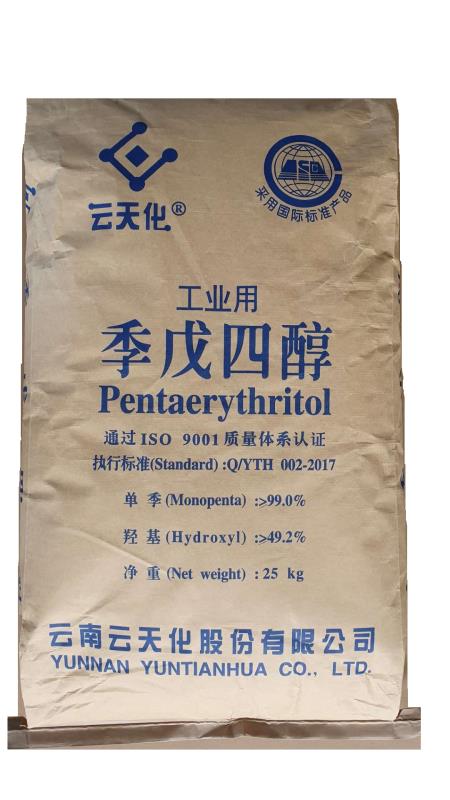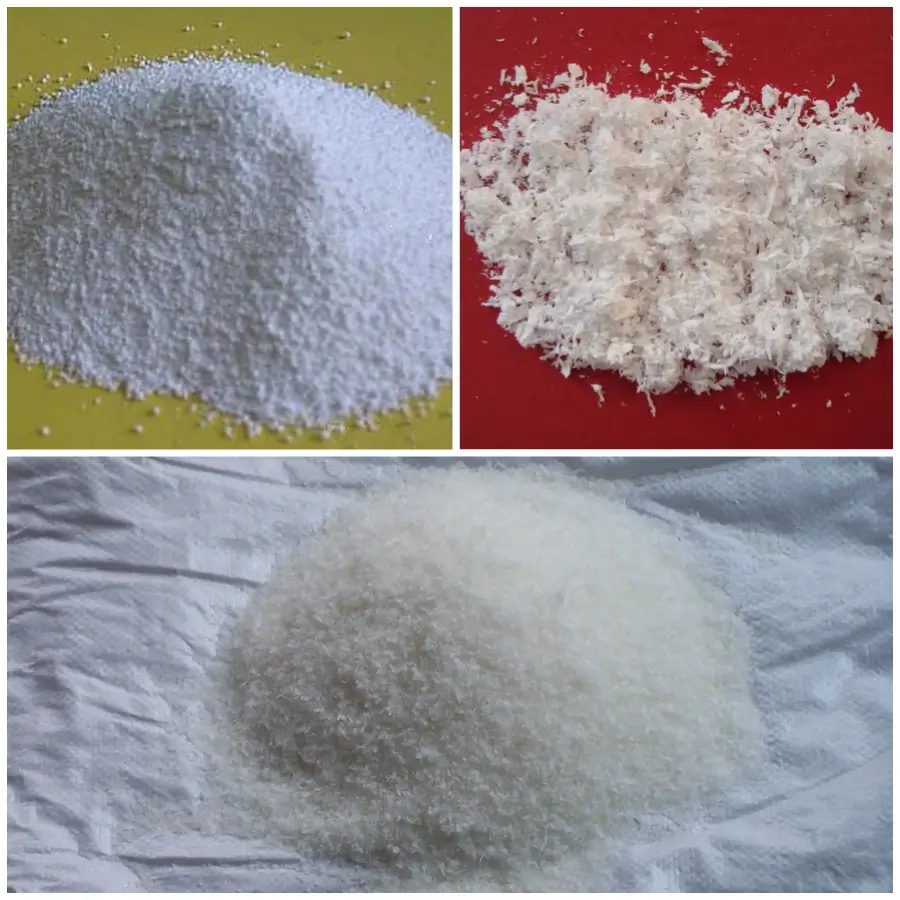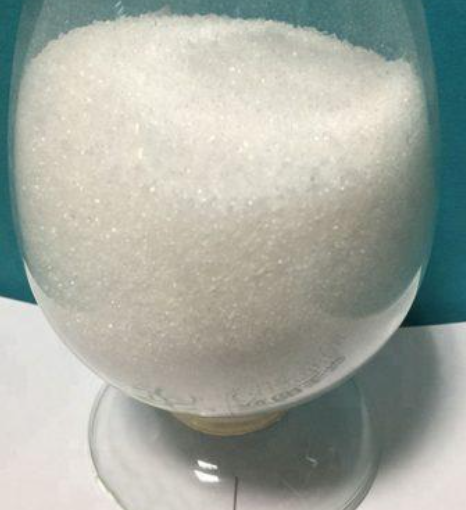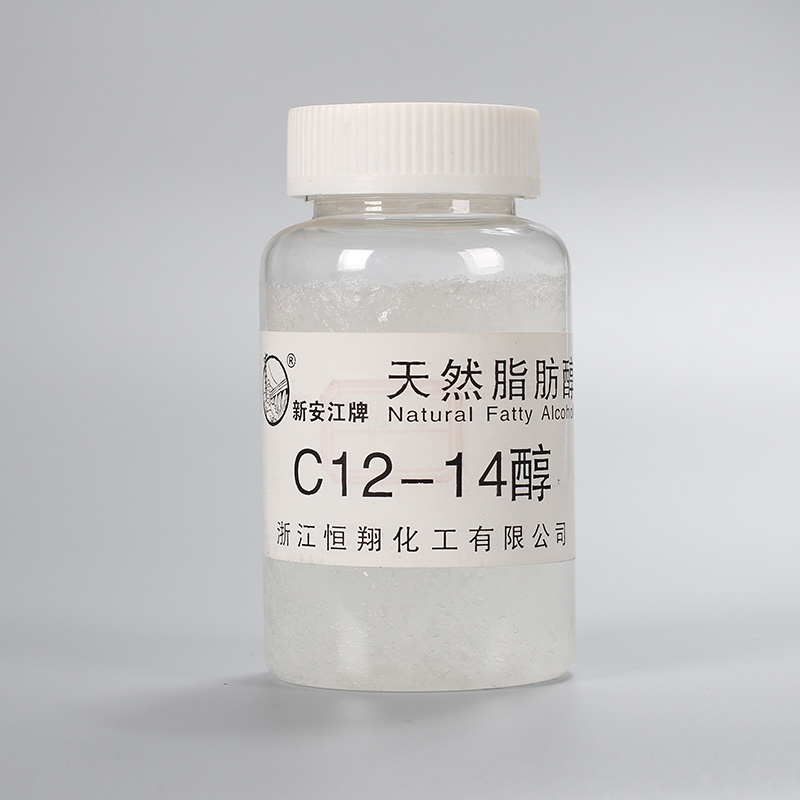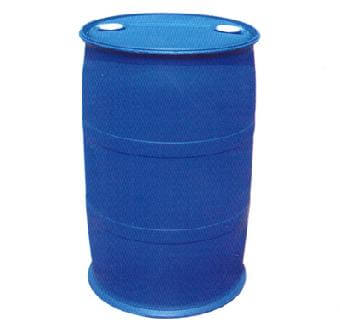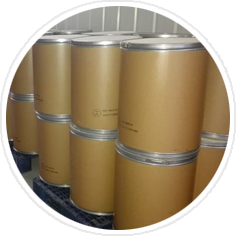Organic Chemical Materials
Amino Acids, Proteins and Nucleic Acids
Alcohols, Phenols and Ethers
Organo Silicon Compounds
Halides
Heterocyclic Compounds
Organic Fluorine Compounds
Nitrogen Compounds
Organometallic Compounds
Esters
Hydrocarbons
Aromatic Compounds
Carboxylic Acids and Derivatives
Nitriles
Organometalate
Aldehydes, Ketones and Quinones
Carbohydrate
Find
129
related chemicals for you
CAS:107-98-2
Molecular Formula:C4H10O2
Alias
More Information
1-Methoxypropan-2-ol; Methoxyisopropanol; PGME; PM; PME; Propylene Glycol Methyl Ether; Propylene Glycol Monomethyl Ether; Closol; Dowanol pm; Pgmme; 1-Methoxy-2-Hydroxypropane; 2-Methoxyisopropanol; 1-Methoxy 2-Propanol; Propylene Glycol Ethers; Propylene Glycol Monomethyl Ether(PM); Methoxy Propanol; 107-98-2 1-Methoxy-2-Propanol
Brief Introduction
This product is mainly used as solvent, dispersant or diluent in industries such as coating, ink, printing and dyeing, pesticide, cellulose and acrylate. It can also be used as fuel antifreeze, cleaning agent, extractant, nonferrous metal beneficiation agent, etc. it can also be used as organic synthetic raw materials.
Suppliers
View More Vendors (4) >
苏州嘉鼎化学有限公司
99.5%
/
-
CAS:115-77-5
Molecular Formula:C5H12O4
Alias
More Information
2,2-Bis(Hydroxymethyl)-1,3-Propanediol; 2,2-Bis(Hydroxymethyl)Propane-1,3-Diol; Tetrakis(Hydroxymethyl)Methane; Monopentaerythritol; Pentaerithritol; Pentaerythritol98
Brief Introduction
Pentaerythritol, as a quaternary alcohol, is easy to be esterified to form acids and esters, so it is mostly used as raw material of alkyd resin coatings, mainly used as building coatings and automotive primer. Pentaerythritol tetranitrate can be obtained by esterification of pentaerythritol and concentrated nitric acid at 5 ~ 15 ℃ in industry. It is a kind of high-performance and strong explosive with higher explosive power than TNT. It is often used as booster or mixed with TNT. It was used extensively in the Second World War. It is a long-acting vasodilator and can treat angina pectoris. Pentaerythritol rosin ester can be prepared by the reaction of pentaerythritol and rosin acid. It can be mixed with dry oil to obtain a coating with good hardness, water resistance and weather resistance. It can be used for varnishes, floor inks, etc. An alkyd resin coating can be prepared by esterification polycondensation of pentaerythritol or glycerin with phthalic anhydride and fatty acid. The properties of alkyd resin can be improved by using different kinds and different amounts of fatty acids, making it suitable for various needs of coatings. It is widely used as metal, wood surface coating, for bridges, railways, derricks, housing construction and other commonly used industrial paint and architectural paint. Alkyd resin has developed rapidly since it entered industrial production in 1927 due to its low price, easy availability of raw materials, easy modification, strong adaptability and good comprehensiveness.
Suppliers
View More Vendors (4) >
CAS:9002-89-5
Molecular Formula:C2H4O
Alias
More Information
Poly(Vinyl Alcohol); PVA; Poly(1-Hydroxyethylene); PVOH (Polyvinyl Alcohol); P.V.A; PVA 2488
Brief Introduction
Polyvinyl alcohol (PVA) is a water-soluble polymer with a wide range of applications. PVA can quickly dissolve in water to form a stable colloid. Its performance is between plastic and rubber. In addition to being used as fiber raw materials, it is also widely used in the production of coatings, adhesives, paper processing agents, emulsifying agents, dispersants, films and other products. It is widely used in textile, food, medicine, construction Wood processing, papermaking, printing, agriculture, steel, polymer chemical industry and other industries.
Suppliers
View More Vendors (4) >
Ningbo Wanhong Ruiquan Technology Co.,Ltd.
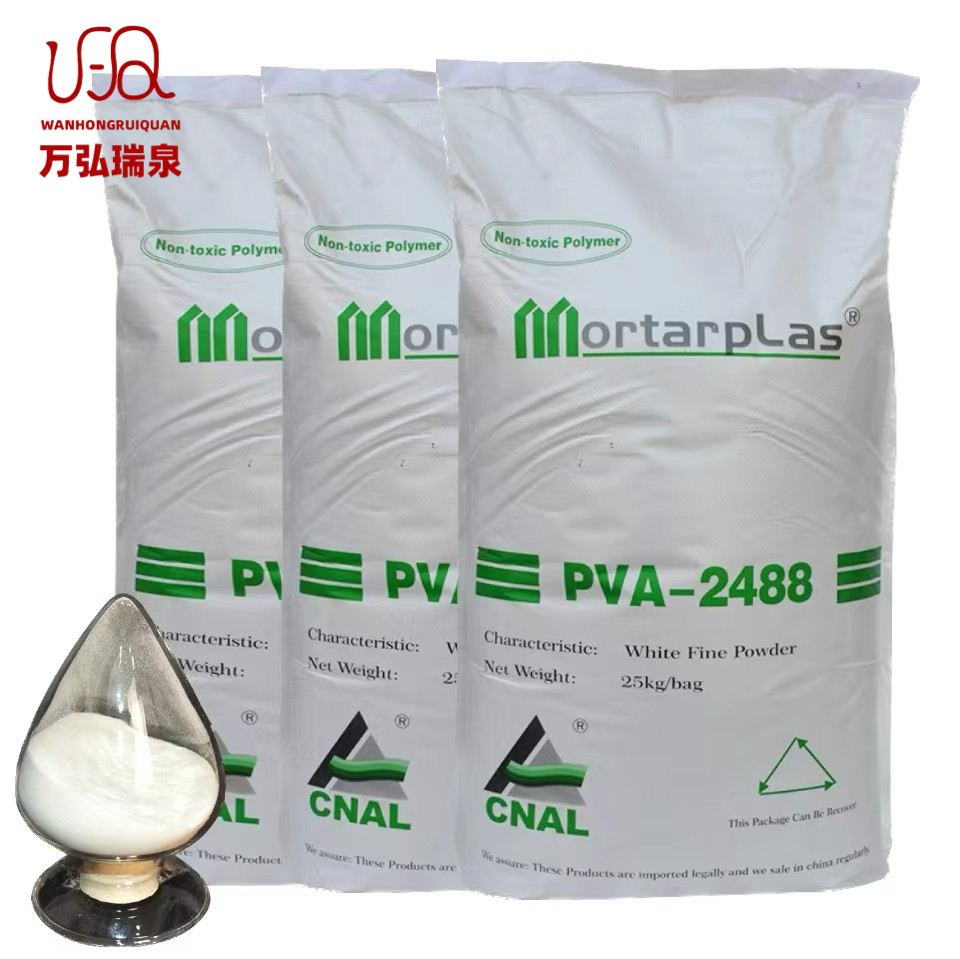
Purity:≥95%
/
Tech Grade
25kg
/
Woven Bag
CAS:80206-82-2
Molecular Formula:C13H28O
Alias
More Information
1-Tridecanol; Tridecanol; Tridecan-1-Ol; Tridecyl Alcohol; N-Tridecan-1-Ol; Marlanol 24; Tensioactiv Cl 9; Lorol 1214S; Fine Oxocol 1213; Epal 12/85; Epal 1214; Kalcohl 6-24; Fatty Alcs., C12-14; Co 1217; Epal 12/70; Kalcohl 724A; Co 1270A; Nafol 1214; Lorol 5; Elocol C 1214; Kalcol 2470; Sipol C12-C14; C12-14 Alcohols; Lorol Dd; Alfol 1412; Lauryl Myristyl Alcohol; Kalcohl 2474; Dyanol; Alfol 1214; Lorol S; Nafol 1214S; Py 126; Alcohol, c12-14
Brief Introduction
Fatty alcohols with different fractions were prepared from natural oils by alcoholysis, high pressure hydrogenation and distillation. C6-C12 alcohol is an oily transparent liquid at room temperature, and alcohol larger than C12 is a viscous liquid or white solid. It is the main raw material for preparing anionic, cationic and non-ionic surfactants. It is widely used in daily chemical, plastic, textile, food, pesticide, machinery and ore flotation industries.
Suppliers
View More Vendors (3) >
CAS:110-65-6
Molecular Formula:C4H6O2
Alias
More Information
But-2-Yne-1,4-Diol; 1,4-Butynediol; 1,4-Dihydroxy-2-Butyne; Bis(Hydroxymethyl)Acetylene; 2-Butynediol; 2-Butin-1,4-Diol; Unii-Axh202Fpqm; 2-Butyn-1,4-Diol; 1,4-Dimethoxyacetylene; 1,4-Butinodiol; Butynediol-1,4
Brief Introduction
2-Butyne-1,4-diol can be used to produce butene glycol, butanediol, n-butanol, dihydrofuran, tetrahydrofuran γ- It can be used in the manufacture of a series of important solvents, pesticides, lactones, synthetic fibers, and other important products. 2-Butyne-1,4-diol itself is a good solvent and can be used as brightener in electroplating industry.
Suppliers
View More Vendors (3) >
Inquiry (
10
/ 10
)
Clear All
You can inquire for up to 10 products at a time
Sign In
Error!

